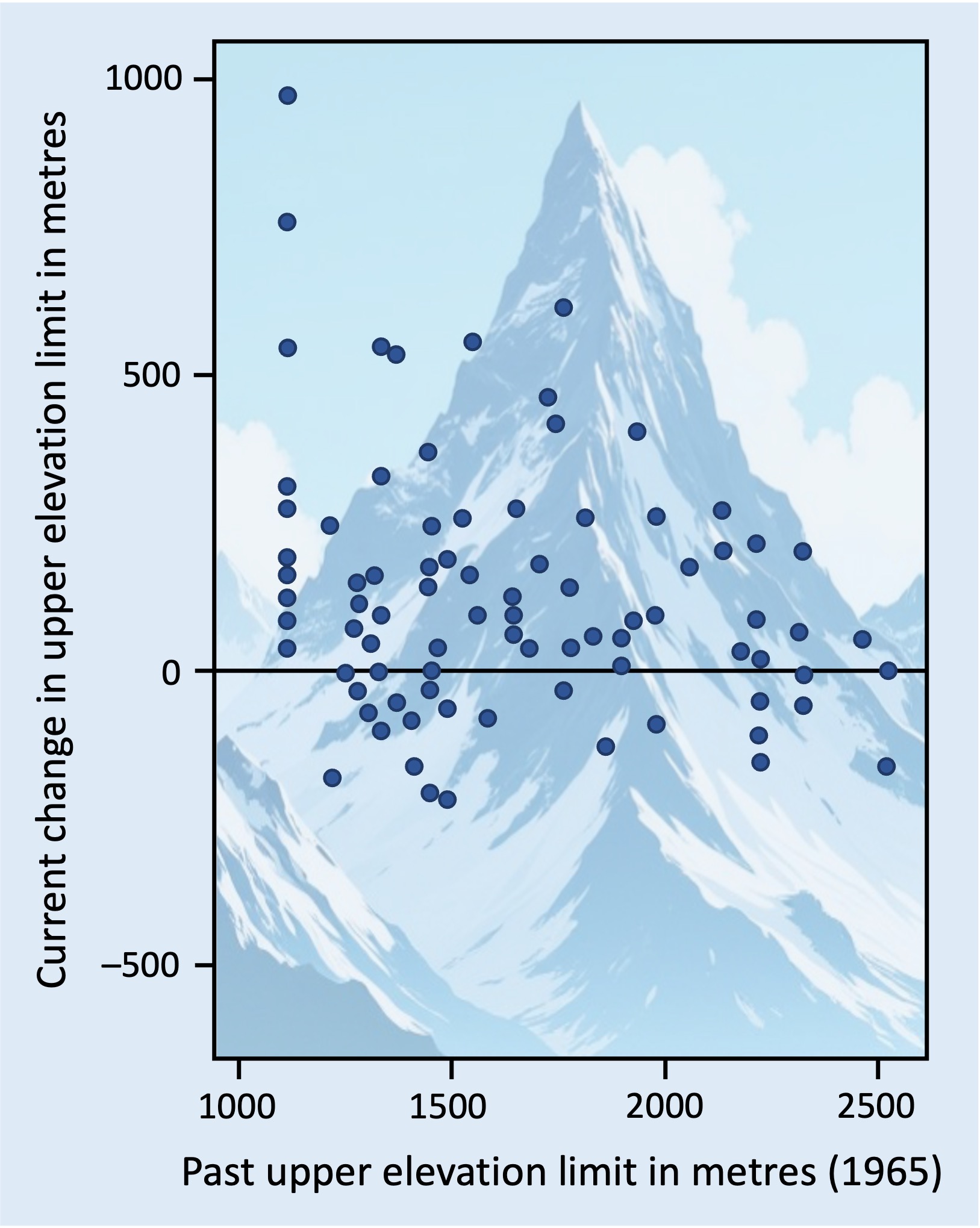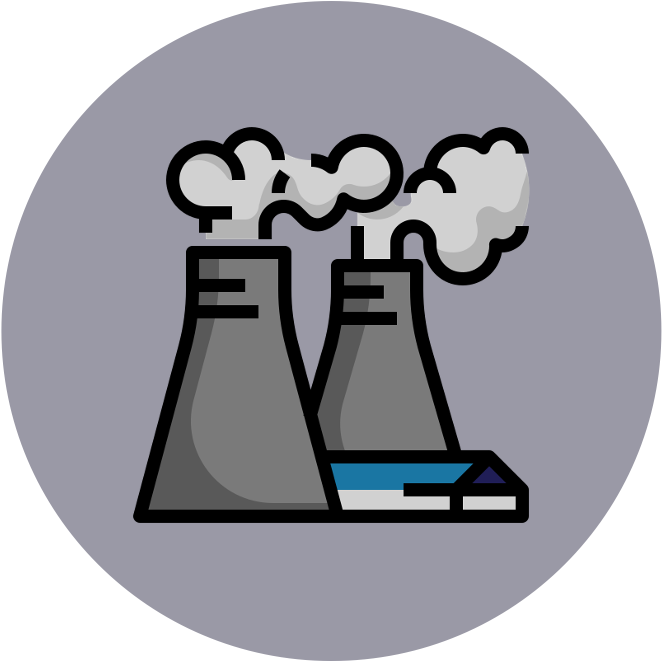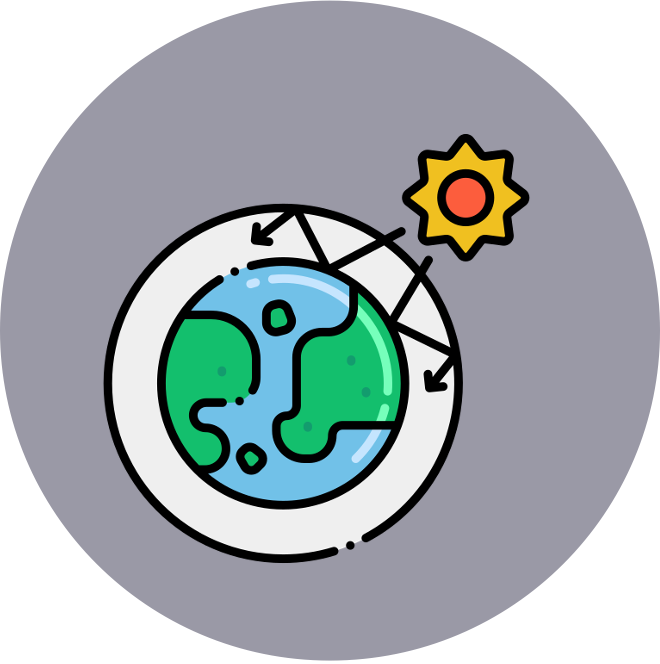

Terrestrial Impacts
Global warming is changing the environmental conditions of terrestrial habitats and consequently changing the composition of communities within the ecosystem
-
Climate change can either function to restrict an organism’s fundamental niche or broaden it (creating competition with other species)
Polar Habitats
Polar habitats are very cold and contain both sea ice (when the ocean freezes) and landfast ice (ice attached to land)
-
This habitat is occupied by Emperor penguins in the south (Antarctic) and walruses in the north (Arctic)
Emperor penguins (Aptenodytes forsteri) breed on the Antarctic sea ice, where they lay their eggs and raise their young
-
The melting of the sea ice is forcing changes in their breeding habits, which is negatively impacting penguin population numbers
Walruses (Odobenus rosmerus) use the Arctic sea ice to nurture their young due to its proximity to the ocean (hunting ground)
-
The loss of sea ice requires the walruses to nurture their young further from the ocean, which leaves the young unprotected for longer periods while the mothers hunt for food
Polar Habitat Changes
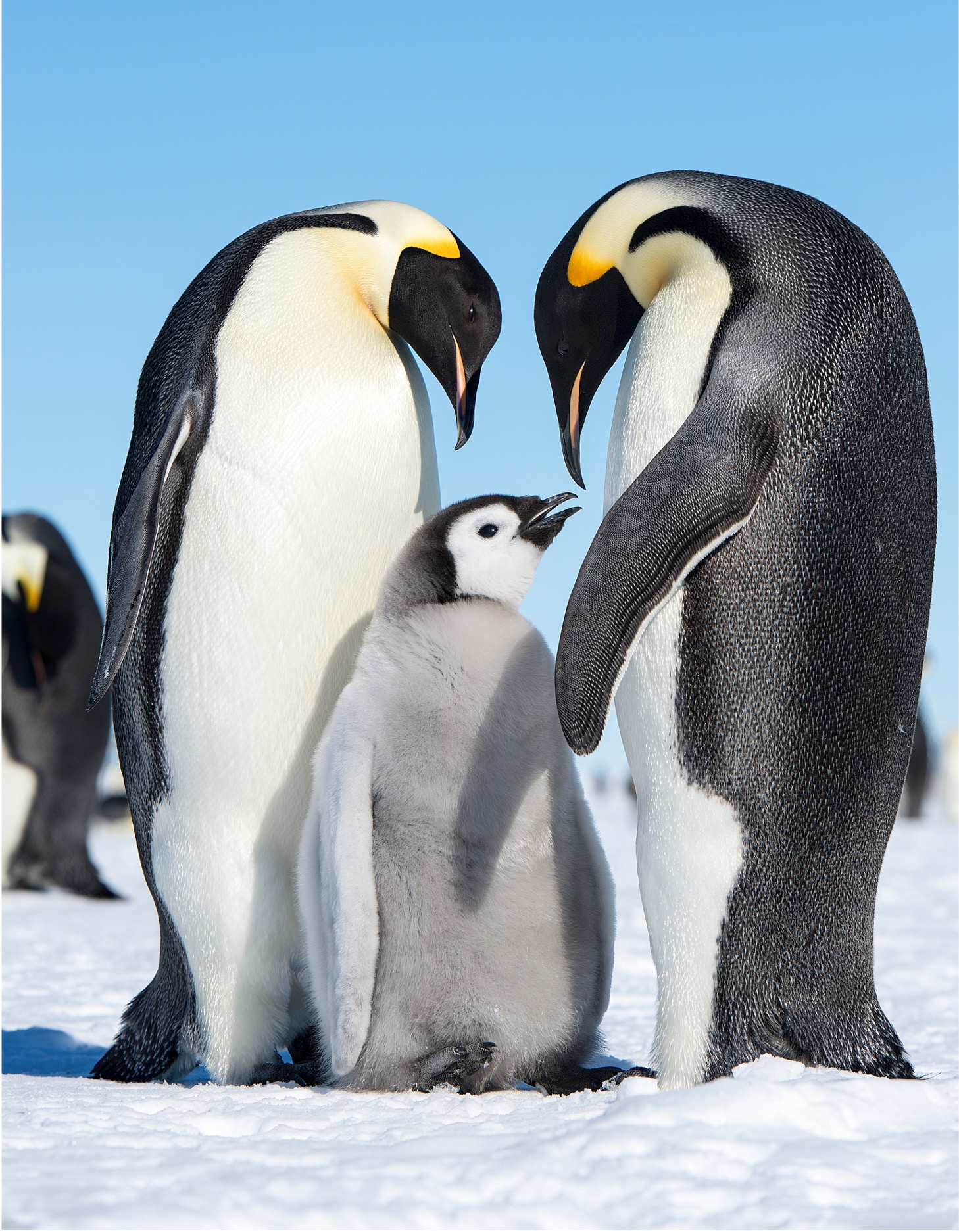
Penguins
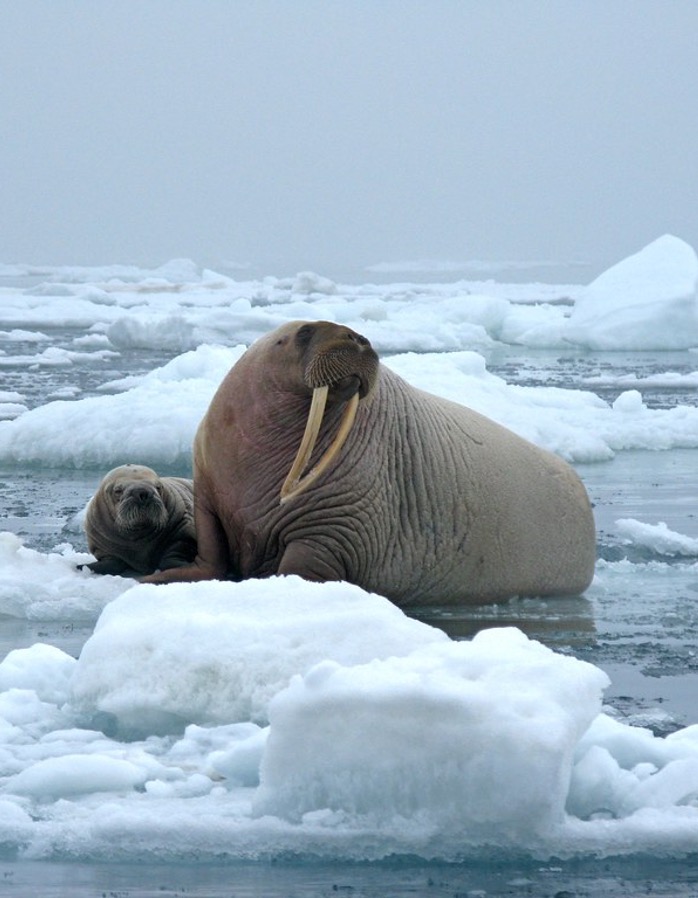
Walruses
Range Shifts
A species can only exist within specific environmental tolerance limits (i.e. their fundamental niche)
-
Climate change is altering environmental conditions such that many species must migrate to new locations (range shift)
Poleward shifts describe relocations towards the poles – either northward (Arctic) or southward (Antarctic)
-
Due to global warming, North American boreal forests are experiencing a range contraction and northward spread
-
The warmer temperatures are increasing the range of temperate tree species, creating competition with the coniferous trees of the boreal forest
Upslope shifts describe relocations to points of higher elevation (e.g. moving to a higher altitude on a mountain)
-
Montane birds in Papua New Guinea have demonstrated a progressive upslope migration trend over the last 50 years
-
This may reflect changing temperature conditions (lower altitudes are now warmer, while higher altitudes are not as cold)
Montane Distribution (Mt Karumui)
